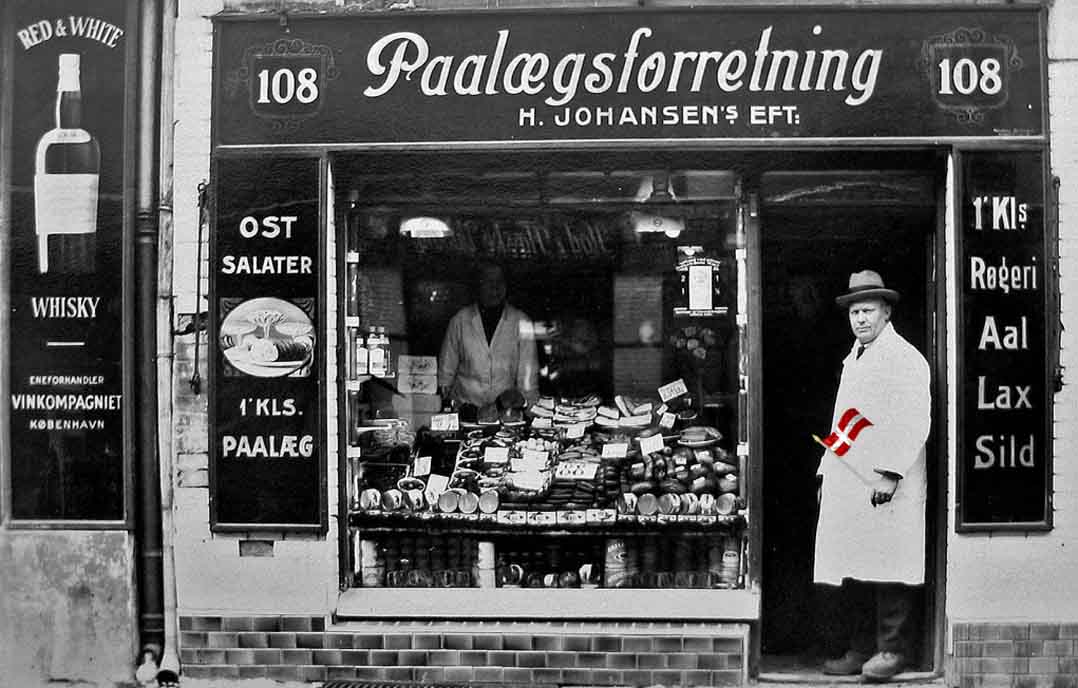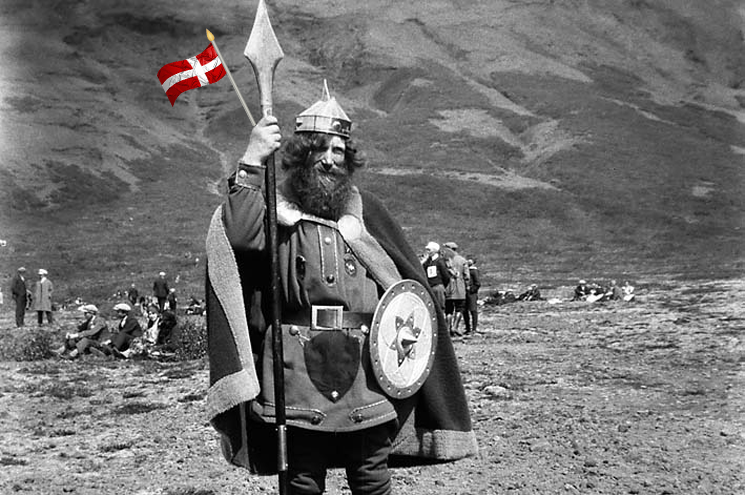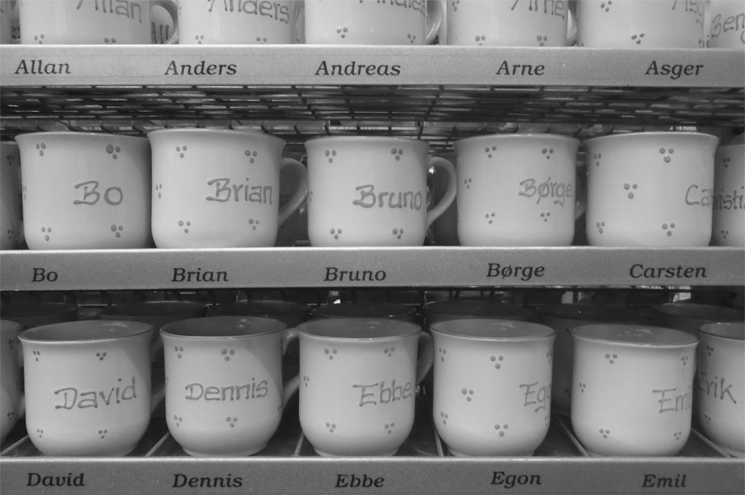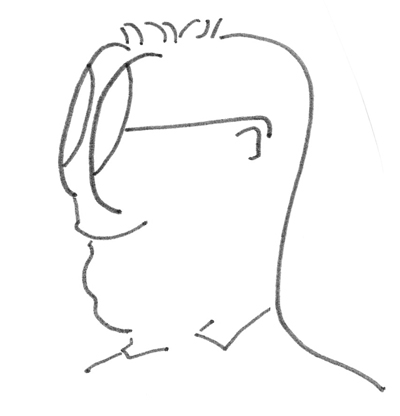I help out at a flea market sometimes near Copenhagen, a flea market that’s held a few times a year to benefit my daughter’s marching band. We sell things people have sent for recycling – at the local recycling center, you can put things that are still useful in a special room, and then community groups sort through those things and sell them to raise money.
We have one persistent problem: too many shotglasses. Each new week brings dozens of beautiful crystal shotglasses, prized for a lifetime by someone from the older generation, perhaps now the dead generation. These people to used to drink clear snaps before fancy Easter lunches, and or a dark bitter alcohol called Gammel Dansk before breakfast.
People in Denmark don’t do that much any more. They go jogging before breakfast and drink wine for holiday lunches, if they drink anything.
And most young people already have a set of grandpa’s old shotglasses gathering dust somewhere at the back of a cabinet, and they don’t need any more.
So week after week, these lovely little etched crystal glasses line up like fragile soldiers on the storage shelves at the flea market. Nobody needs them, nobody buys them, but we just don’t have the heart to throw them out.





